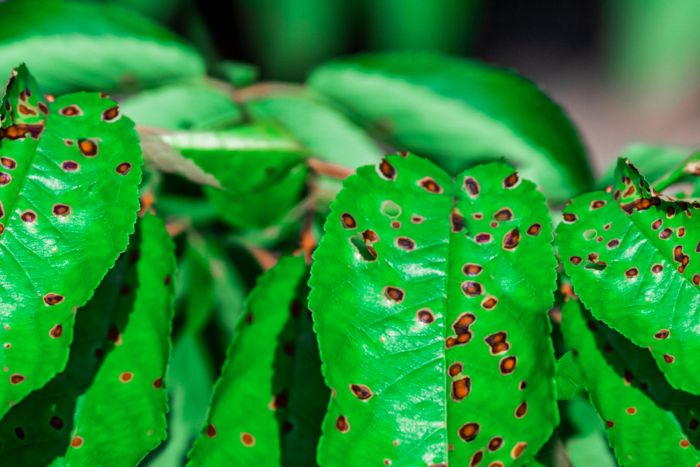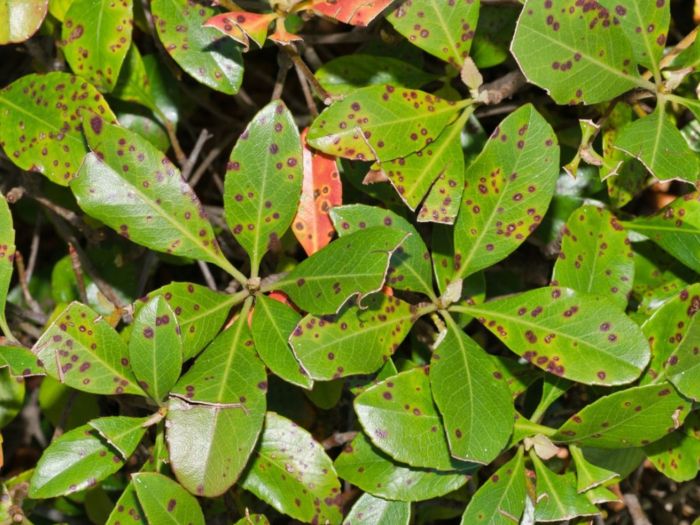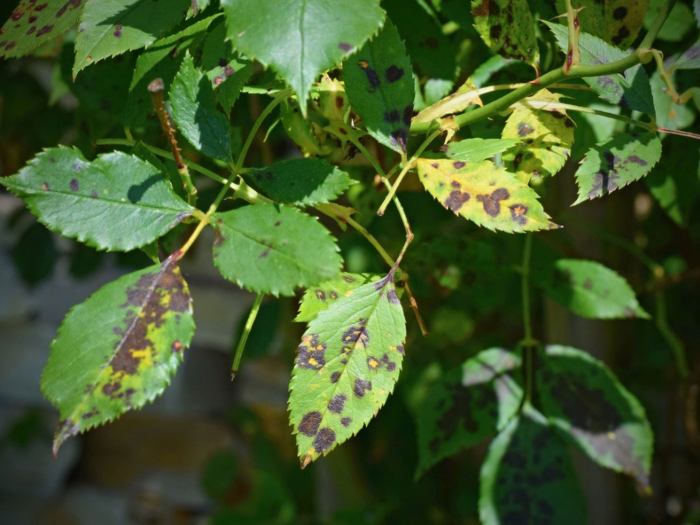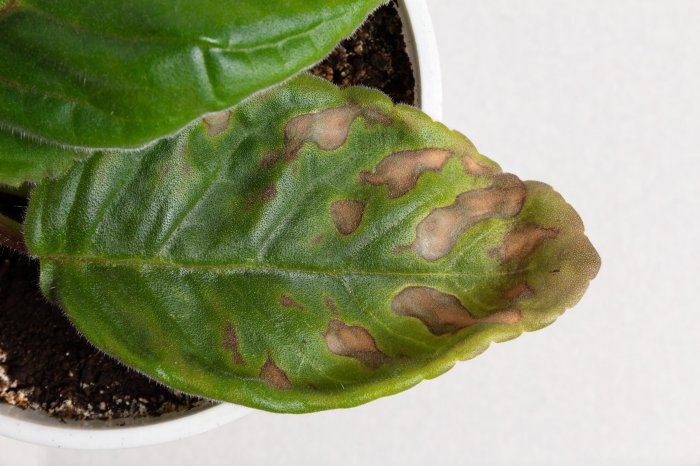From the delicate leaves to the vibrant blooms, spots on plants can be a perplexing sight. They may indicate a disease, pest infestation, or environmental stress, leaving gardeners wondering about the health of their beloved greenery. This comprehensive guide delves into the causes, identification, prevention, and treatment of spots on plants, empowering you with the knowledge to diagnose and address these issues effectively.
Whether you’re a seasoned horticulturist or a budding plant enthusiast, this guide will provide valuable insights into the intricate world of plant health. Join us as we explore the fascinating realm of spots on plants, unraveling their significance and equipping you with the tools to maintain a thriving garden.
Spot Patterns and Diagnostics

Spot patterns on plants can provide valuable clues in diagnosing specific diseases. Different patterns can indicate various underlying causes, such as fungal, bacterial, or viral infections. Understanding these patterns is essential for accurate plant disease diagnosis and effective management.
Pattern Types and Significance
Common spot patterns include:
-
-*Circular spots
Often caused by fungal infections, these spots may have a target-like appearance with concentric rings.
-*Angular spots
These sharp-edged spots are typically associated with bacterial infections.
-*Irregular spots
Irregularly shaped spots can indicate viral infections or nutrient deficiencies.
-*Blotches
Large, irregular spots that may merge together, often caused by fungal or bacterial pathogens.
-*Lesions
Sunken or raised areas on leaves or stems, which can be caused by a variety of pathogens or environmental factors.
By observing the size, shape, color, and distribution of spots, plant pathologists can narrow down the potential causes and develop targeted management strategies.
While most plant parents are quick to reach for chemical treatments when they notice spots on their plants, others turn to natural remedies like creating a plants patch . These patches provide a microclimate that encourages beneficial organisms, which in turn helps keep plant diseases at bay.
By encouraging biodiversity and creating a balanced ecosystem around your plants, you can help prevent and treat spots on plants naturally.
Spot Treatment and Management

Spot treatment involves targeting specific areas on a plant exhibiting symptoms of disease, pest infestation, or environmental stress. It aims to control the spread of the problem and restore plant health.
Spots on plant leaves can indicate various issues, including nutrient deficiencies or pests. For instance, brown spots on elephant ears may signify a lack of potassium. Understanding the proper care of elephant ears can help prevent such issues. However, if spots persist, further investigation may be necessary to determine the underlying cause.
Chemical Controls
Chemical treatments involve applying pesticides or fungicides directly to the affected spots. These products contain active ingredients that target specific pathogens or pests. Chemical controls offer quick and effective results, but their use should be carefully considered due to potential environmental and health concerns.
Organic Controls
Organic controls utilize natural substances or methods to manage spots. These include neem oil, horticultural soap, and insecticidal sprays made from plants like garlic or chili peppers. Organic controls are less harmful to the environment and beneficial insects, but they may require more frequent applications and may not be as effective as chemical treatments in all cases.
Biological Controls
Biological controls introduce beneficial organisms or microorganisms to suppress pests or diseases. For example, predatory insects like ladybugs can control aphids, while fungi like Trichoderma can combat root rot. Biological controls offer long-term, sustainable management but may require specific environmental conditions and careful monitoring.
Spots on plant leaves can be caused by various factors, including root rot. If you notice spots on your plants, it’s crucial to determine the underlying cause to provide appropriate treatment. In the case of root rot, understanding whether it can be reversed is essential.
To delve into this topic, visit our comprehensive guide that explores the question: does root rot go away ? By providing insights into the nature of root rot and its potential remedies, this resource can help you diagnose and address the issue effectively, restoring the health of your plants.
Selection and Application Guidelines, Spots on plant
Selecting the appropriate spot treatment depends on the underlying cause of the spots. Fungal diseases require fungicides, while pests need insecticides. Environmental factors like nutrient deficiencies or sunburn may not require specific treatments but rather adjustments to care practices. Always follow the manufacturer’s instructions carefully when applying spot treatments, including proper dosage, application methods, and safety precautions.
Spot-Resistant Plant Varieties

Spot-resistant plant varieties offer a valuable solution to combat spot-causing diseases and pests in plant cultivation. These varieties possess inherent traits that enable them to resist or tolerate the harmful effects of spot-inducing pathogens or insects.
Mechanisms of Spot Resistance in Plants
Spot resistance in plants can be attributed to various mechanisms, including:
-
-*Genetic Resistance
Plants with specific genes exhibit resistance to particular spot-causing agents. These genes encode proteins that interfere with the pathogen’s life cycle or insect’s feeding behavior.
-*Structural Defenses
Some plants have physical barriers, such as thick cuticles or waxy coatings, that prevent the penetration of pathogens or deter insects.
-*Biochemical Defenses
Plants can produce antimicrobial compounds or toxins that inhibit the growth or reproduction of spot-causing agents.
Advantages of Using Spot-Resistant Varieties
The use of spot-resistant plant varieties offers several advantages:
-
-*Reduced Disease and Pest Incidence
Resistant varieties are less likely to develop spot diseases or suffer insect infestations, leading to healthier plants and increased yields.
-*Reduced Pesticide Use
Spot-resistant varieties can reduce the need for chemical pesticides, promoting environmentally friendly and sustainable cultivation practices.
-*Improved Plant Health and Vigor
By mitigating spot damage, resistant varieties maintain plant health and vigor, resulting in improved growth and productivity.
-*Cost Savings
Reduced pesticide use and increased plant health can lead to significant cost savings for growers.
Closing Notes

In conclusion, spots on plants are a common occurrence that can have various causes, from disease to environmental factors. By understanding the different types of spots, their patterns, and potential causes, gardeners can effectively identify and address these issues. Implementing preventive measures, such as proper plant care and disease management, can minimize the occurrence of spots, ensuring the health and beauty of your plants.
Remember, a healthy plant is a happy plant, and with the knowledge gained from this guide, you can create a thriving oasis in your garden.
Frequently Asked Questions: Spots On Plant
What causes spots on plant leaves?
Spots on plant leaves can be caused by various factors, including diseases, pests, nutrient deficiencies, and environmental stress.
How can I identify plant diseases based on spots?
Observing the size, shape, color, and pattern of spots can provide valuable clues about the underlying disease. Consulting a plant pathologist or using diagnostic tools can further assist in accurate identification.
What are some preventive measures to minimize spots on plants?
Regularly inspecting plants for signs of disease, practicing proper watering and fertilization techniques, and maintaining good air circulation can help prevent the occurrence of spots.